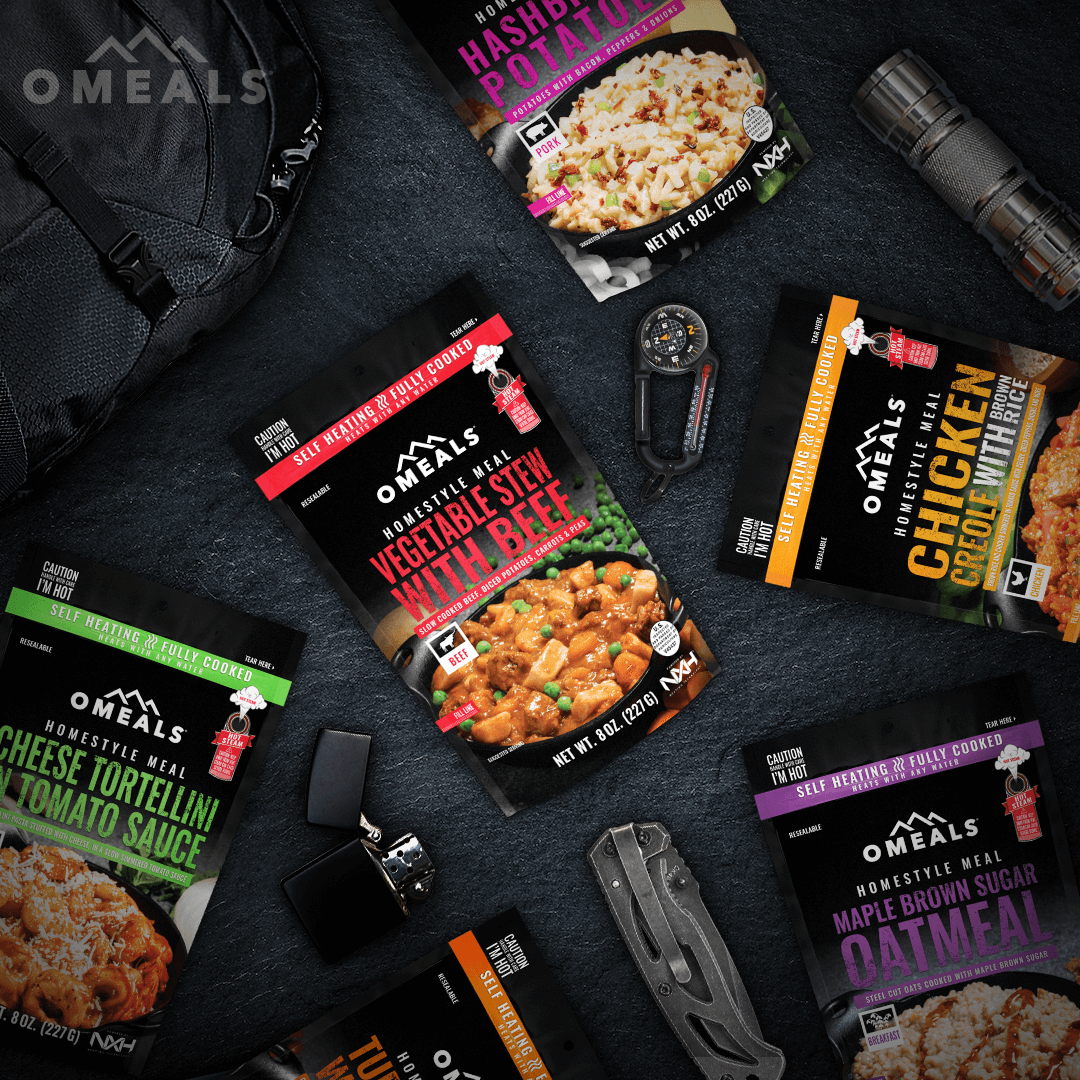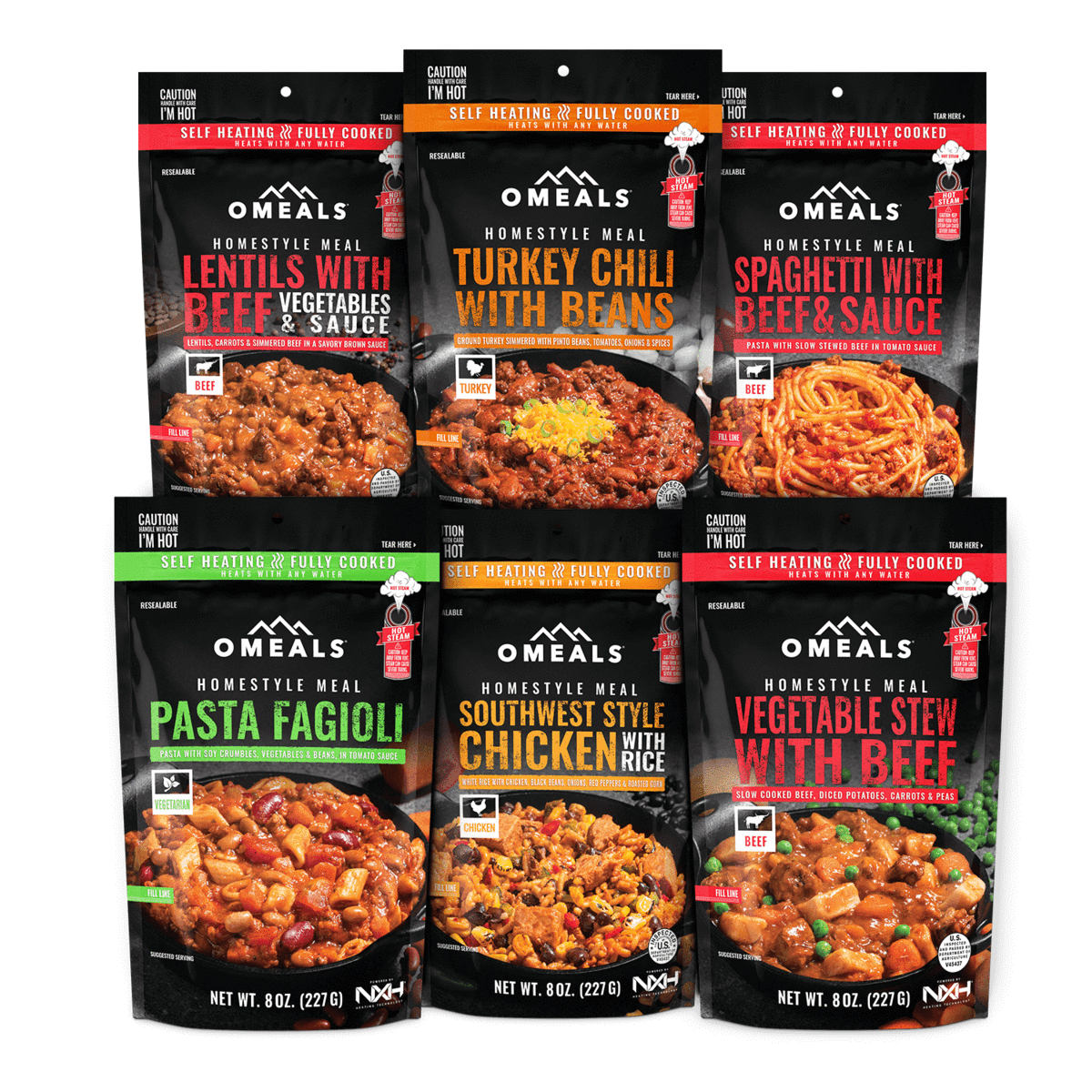In preparation for storms, it is important for each home to have a storm prep box. A storm prep box is designed to protect you and your family in case of emergency due to a storm. Here are tips on how to start a storm prep box in your home.
 First you will want to consider how long your storm prep box will be able to support you and your family. Consider if you would like the box to be able to support your family for a short amount of time (48 hours), a little bit more time (three or four days), or even longer (a week or more). Determining this will help you decide how much to stock in your box.
It is important to start your storm prep box with either a plastic container with a tight-fitting lid or some type of waterproof duffle bag. You want to ensure that the items you add to your storm prep box will remain safe and ready to be used in case of emergency. Depending on how long you want your storm box to be able to last, you may need a larger container or possibly two containers.
After securing your container, you can begin filling the box with supplies. Start with a first aid kit. Preassembled first aid kits are readily available, or you can build your own first aid box with bandages, antiseptic wipes, pain relievers, gauze, small scissors, antacids, laxatives, and anti-diarrhea medication.
Next, you will want to add food and water to your storm prep box. A general rule of thumb for calculating your needed supply is to have one gallon of water per person per day. A family of four will want to have 12 gallons of water stored in a storm prep box, which will last for three days. It is important to change the water every 12 months to ensure it remains safe for drinking. Along with the water, add pre-packaged and shelf stable foods, like OMEALS. These will last quite a long time in your box and will ensure you have nutritious food for all in case of an emergency.
Add important documents to the storm prep box next. This can include important documents such as copies of your insurance policies, health insurance cards, and IDs. This should also include emergency evacuation plans, paper maps, emergency contact information, and a small cash reserve.
Finally, you can add some general emergency supplies including a tarp, flashlights, garbage bags, charger cords, and extra batteries. Larger kits can include additional emergency supplies such as gloves, duct tape, and tools.
First you will want to consider how long your storm prep box will be able to support you and your family. Consider if you would like the box to be able to support your family for a short amount of time (48 hours), a little bit more time (three or four days), or even longer (a week or more). Determining this will help you decide how much to stock in your box.
It is important to start your storm prep box with either a plastic container with a tight-fitting lid or some type of waterproof duffle bag. You want to ensure that the items you add to your storm prep box will remain safe and ready to be used in case of emergency. Depending on how long you want your storm box to be able to last, you may need a larger container or possibly two containers.
After securing your container, you can begin filling the box with supplies. Start with a first aid kit. Preassembled first aid kits are readily available, or you can build your own first aid box with bandages, antiseptic wipes, pain relievers, gauze, small scissors, antacids, laxatives, and anti-diarrhea medication.
Next, you will want to add food and water to your storm prep box. A general rule of thumb for calculating your needed supply is to have one gallon of water per person per day. A family of four will want to have 12 gallons of water stored in a storm prep box, which will last for three days. It is important to change the water every 12 months to ensure it remains safe for drinking. Along with the water, add pre-packaged and shelf stable foods, like OMEALS. These will last quite a long time in your box and will ensure you have nutritious food for all in case of an emergency.
Add important documents to the storm prep box next. This can include important documents such as copies of your insurance policies, health insurance cards, and IDs. This should also include emergency evacuation plans, paper maps, emergency contact information, and a small cash reserve.
Finally, you can add some general emergency supplies including a tarp, flashlights, garbage bags, charger cords, and extra batteries. Larger kits can include additional emergency supplies such as gloves, duct tape, and tools.
 First you will want to consider how long your storm prep box will be able to support you and your family. Consider if you would like the box to be able to support your family for a short amount of time (48 hours), a little bit more time (three or four days), or even longer (a week or more). Determining this will help you decide how much to stock in your box.
It is important to start your storm prep box with either a plastic container with a tight-fitting lid or some type of waterproof duffle bag. You want to ensure that the items you add to your storm prep box will remain safe and ready to be used in case of emergency. Depending on how long you want your storm box to be able to last, you may need a larger container or possibly two containers.
After securing your container, you can begin filling the box with supplies. Start with a first aid kit. Preassembled first aid kits are readily available, or you can build your own first aid box with bandages, antiseptic wipes, pain relievers, gauze, small scissors, antacids, laxatives, and anti-diarrhea medication.
Next, you will want to add food and water to your storm prep box. A general rule of thumb for calculating your needed supply is to have one gallon of water per person per day. A family of four will want to have 12 gallons of water stored in a storm prep box, which will last for three days. It is important to change the water every 12 months to ensure it remains safe for drinking. Along with the water, add pre-packaged and shelf stable foods, like OMEALS. These will last quite a long time in your box and will ensure you have nutritious food for all in case of an emergency.
Add important documents to the storm prep box next. This can include important documents such as copies of your insurance policies, health insurance cards, and IDs. This should also include emergency evacuation plans, paper maps, emergency contact information, and a small cash reserve.
Finally, you can add some general emergency supplies including a tarp, flashlights, garbage bags, charger cords, and extra batteries. Larger kits can include additional emergency supplies such as gloves, duct tape, and tools.
First you will want to consider how long your storm prep box will be able to support you and your family. Consider if you would like the box to be able to support your family for a short amount of time (48 hours), a little bit more time (three or four days), or even longer (a week or more). Determining this will help you decide how much to stock in your box.
It is important to start your storm prep box with either a plastic container with a tight-fitting lid or some type of waterproof duffle bag. You want to ensure that the items you add to your storm prep box will remain safe and ready to be used in case of emergency. Depending on how long you want your storm box to be able to last, you may need a larger container or possibly two containers.
After securing your container, you can begin filling the box with supplies. Start with a first aid kit. Preassembled first aid kits are readily available, or you can build your own first aid box with bandages, antiseptic wipes, pain relievers, gauze, small scissors, antacids, laxatives, and anti-diarrhea medication.
Next, you will want to add food and water to your storm prep box. A general rule of thumb for calculating your needed supply is to have one gallon of water per person per day. A family of four will want to have 12 gallons of water stored in a storm prep box, which will last for three days. It is important to change the water every 12 months to ensure it remains safe for drinking. Along with the water, add pre-packaged and shelf stable foods, like OMEALS. These will last quite a long time in your box and will ensure you have nutritious food for all in case of an emergency.
Add important documents to the storm prep box next. This can include important documents such as copies of your insurance policies, health insurance cards, and IDs. This should also include emergency evacuation plans, paper maps, emergency contact information, and a small cash reserve.
Finally, you can add some general emergency supplies including a tarp, flashlights, garbage bags, charger cords, and extra batteries. Larger kits can include additional emergency supplies such as gloves, duct tape, and tools.

